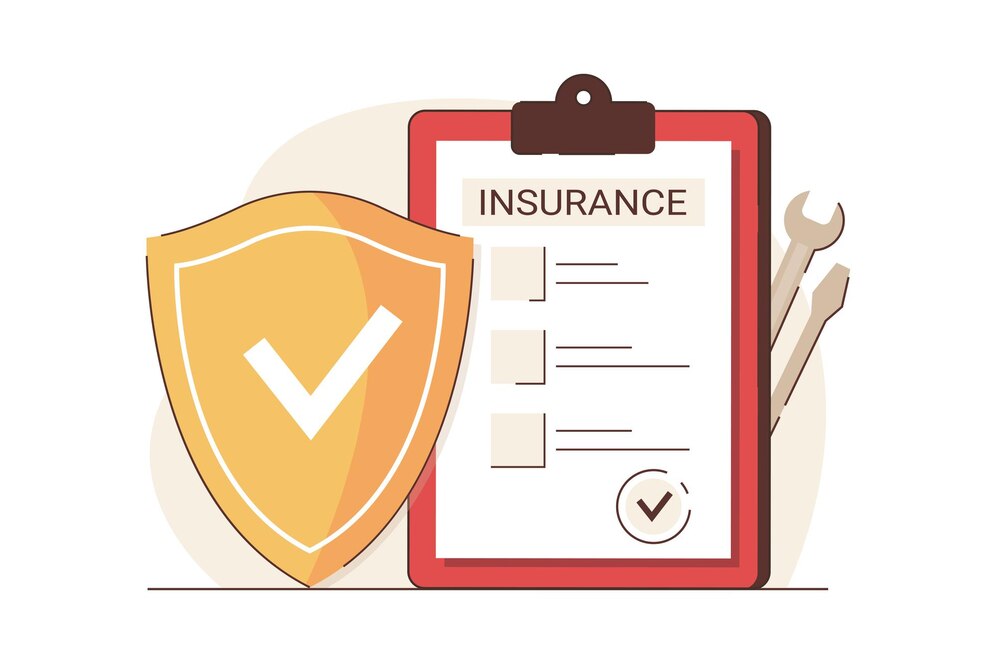Introduction
Managing risk isn’t just a box-ticking exercise anymore—it’s a full-blown strategy that can make or break your business. From natural disasters to data breaches, the range of risks today is wide and wild. So, how do you keep up?
This article offers 25 practical, straight-to-the-point tips that you can start using today to level up your risk management game. Whether you’re a startup founder, a risk officer, or just someone trying to avoid business chaos—this guide is for you.
Core Principles of Risk Management
✅ Understanding Risk vs. Uncertainty
First off, let’s get one thing straight. Risk is when you know the odds—like rolling a die. Uncertainty is when you don’t—like launching a new product in a totally new market. Recognizing the difference helps you tackle problems more strategically.
The Risk Management Lifecycle
Risk management isn’t a “set it and forget it” deal. It’s a loop:
-
Identify
-
Assess
-
Respond
-
Monitor
-
Review & Improve
You’ve got to keep moving through these steps like a hamster on a wheel—except it’s way more rewarding.
⚡ 25 Quick Tips to Improve Risk Management
Organizational Culture & Leadership
1. Make Risk Awareness Part of Company Culture
Embed risk thinking into your daily operations. Everyone from the intern to the CEO should be risk-aware.
2. Get Buy-In from Top Leadership
If the C-suite isn’t taking risk seriously, why should the rest of the team? Leadership support is everything.
3. Assign Clear Risk Ownership
Who’s responsible for what? Define roles clearly so no risk falls through the cracks.
Strategy & Planning
4. Set Risk Management Objectives
You can’t manage what you don’t measure. Define what success looks like in risk management.
5. Align Risk Strategy with Business Goals
Don’t treat risk planning like a separate entity. It should move in lockstep with your core strategies.
6. Use a Risk Register Effectively
Think of it as your master list of all the things that could go wrong—plus what you’re doing about them.
Tools & Technology
7. Use Risk Management Software
Manual spreadsheets? No, thanks. Platforms like ClearRisk help centralize and simplify your efforts.
8. Automate Routine Risk Monitoring
Set alerts and triggers. Let tech do the heavy lifting.
9. Centralize Risk Data for Easy Access
One source of truth beats 20 scattered docs every time.
Identification & Assessment
10. Conduct Regular Risk Assessments
Don’t wait for a crisis. Schedule assessments quarterly or semi-annually.
11. Use SWOT and PESTLE Analysis
These tools help uncover both internal weaknesses and external threats.
12. Consider Both Internal and External Risks
Cybersecurity breach? That’s internal. A supply chain disruption from overseas? External. Both matter.
️ Response & Mitigation
13. Develop Contingency Plans
Hope for the best but plan for the worst. Always have a Plan B (and C).
14. Prioritize Risks Based on Impact and Likelihood
Use a heat map to figure out which risks deserve your attention first.
15. Implement Proactive Risk Controls
Don’t just react—build defenses in advance. Think firewalls, backup generators, or alternate suppliers.
Monitoring & Reporting
16. Schedule Regular Risk Reviews
What’s risky today might be irrelevant tomorrow. Stay updated.
17. Track Key Risk Indicators (KRIs)
Monitor trends before they turn into disasters.
18. Establish Clear Reporting Lines
Everyone should know who to report a risk to—and how.
Communication & Training
19. Train Employees on Risk Policies
It’s not just about the handbook. Make it engaging and relevant.
20. Communicate Risk Policies Clearly
Use plain English. Ditch the jargon.
21. Promote Cross-Department Collaboration
Finance might spot something HR won’t. Get everyone talking.
Continuous Improvement
22. Learn from Past Incidents
Every failure is a lesson. Conduct post-mortems and apply the takeaways.
23. Benchmark Against Industry Standards
Are you leading the pack or lagging behind?
24. Encourage Feedback from All Levels
Frontline workers often see the risks before management does.
25. Update Risk Plans Regularly
Nothing stays static. Your plan shouldn’t either.
Common Pitfalls in Risk Management
Overconfidence in Current Systems
Thinking you’re “safe enough” is a trap. Complacency is risk’s best friend.
Ignoring Low-Probability, High-Impact Risks
Just because something rarely happens doesn’t mean it won’t happen. Hello, global pandemics.
Lack of Communication
Silence creates blind spots. Talk about risk early and often.
Benefits of Strong Risk Management
Protects Brand Reputation
A scandal, a breach, or a disaster can tank your image overnight.
Increases Operational Efficiency
When you plan for disruptions, you avoid costly downtime.
Enhances Decision-Making
With better risk data, you make smarter calls. Period.
Conclusion
Risk is everywhere—but so is opportunity. By being proactive instead of reactive, you can protect your business, empower your team, and make more confident decisions. The 25 tips above are more than just suggestions—they’re your new risk management game plan. Don’t wait for the storm. Build the shelter now.
❓FAQs
1. What are the biggest challenges in risk management?
Lack of leadership support, poor communication, and outdated tools are major hurdles.
2. How often should a risk assessment be done?
Ideally, every quarter—or immediately after a significant business or industry change.
3. Can small businesses benefit from risk management?
Absolutely! Even simple strategies can prevent financial disasters.
4. What tools help with risk management?
Platforms like ClearRisk, LogicManager, and Resolver streamline the entire process.
5. What is a risk register?
It’s a centralized document or system that lists all identified risks, their severity, likelihood, and mitigation plans.
Please don’t forget to leave a review.


